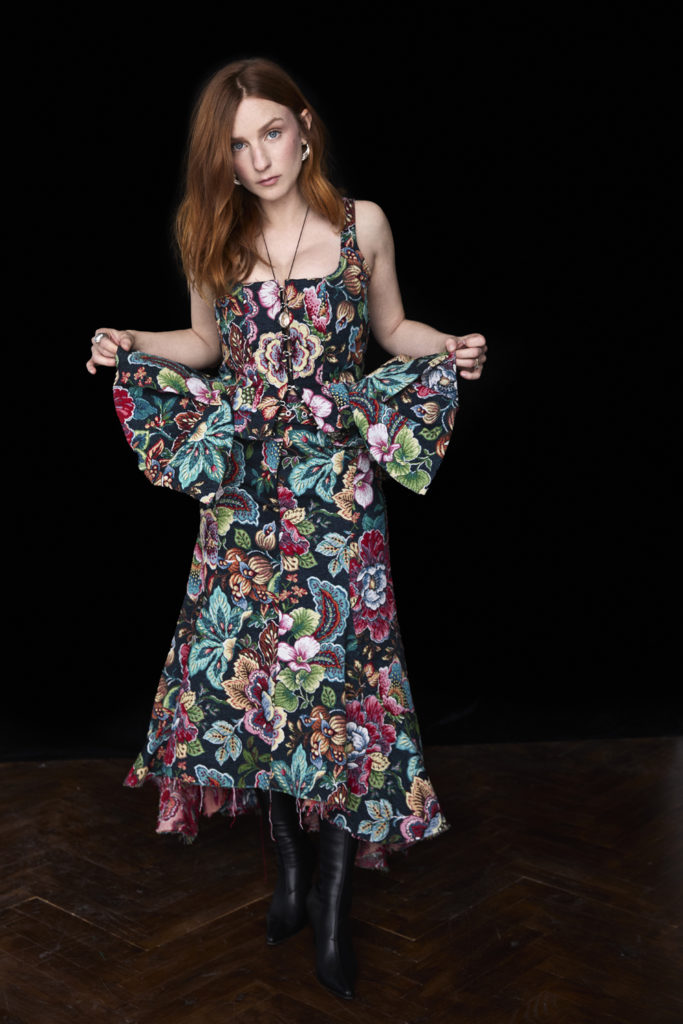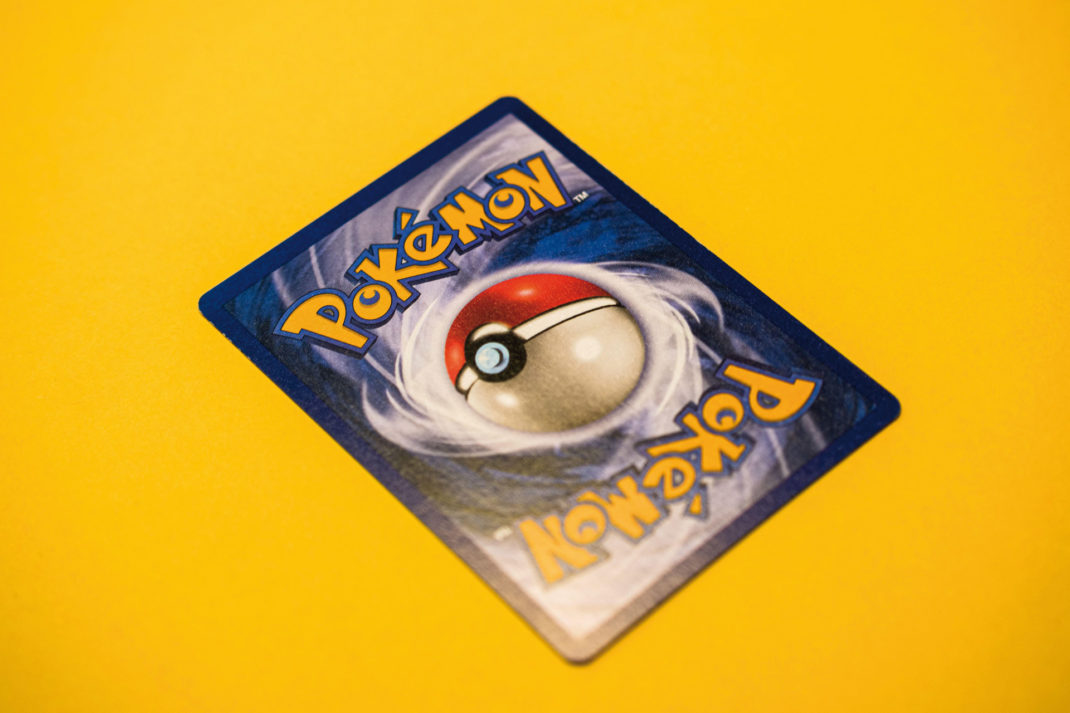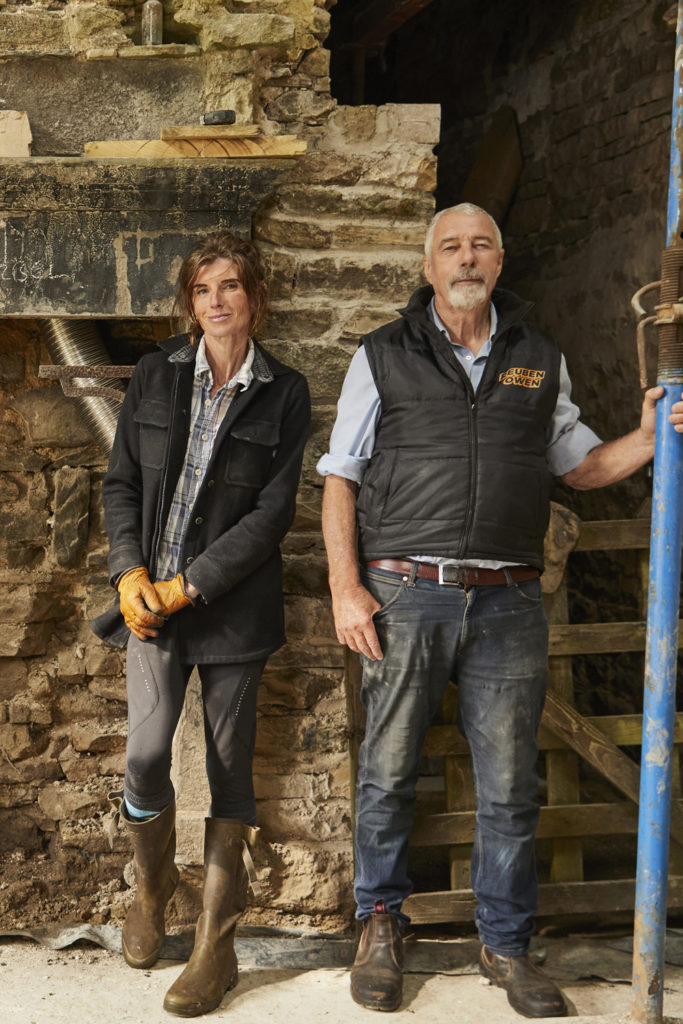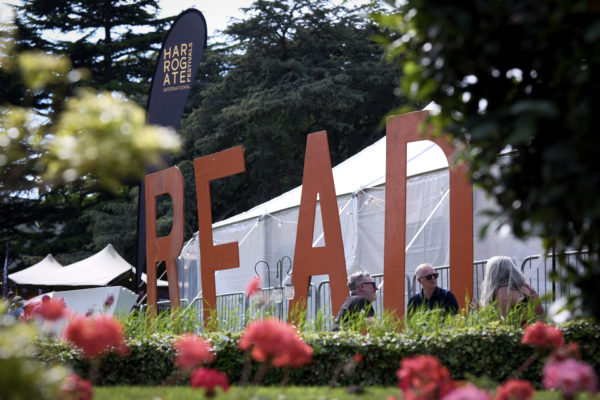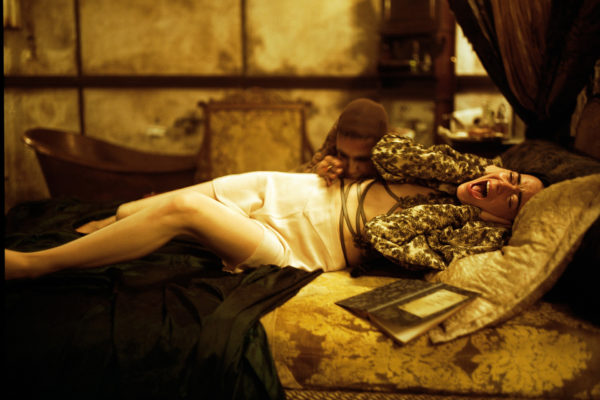How To Not Be Afraid of Failure: An Exclusive Look At Michal Oshman’s New Book
By
2 years ago
In 'What Would You Do If You Weren’t Afraid?', Michal Oshman helps you find your courage
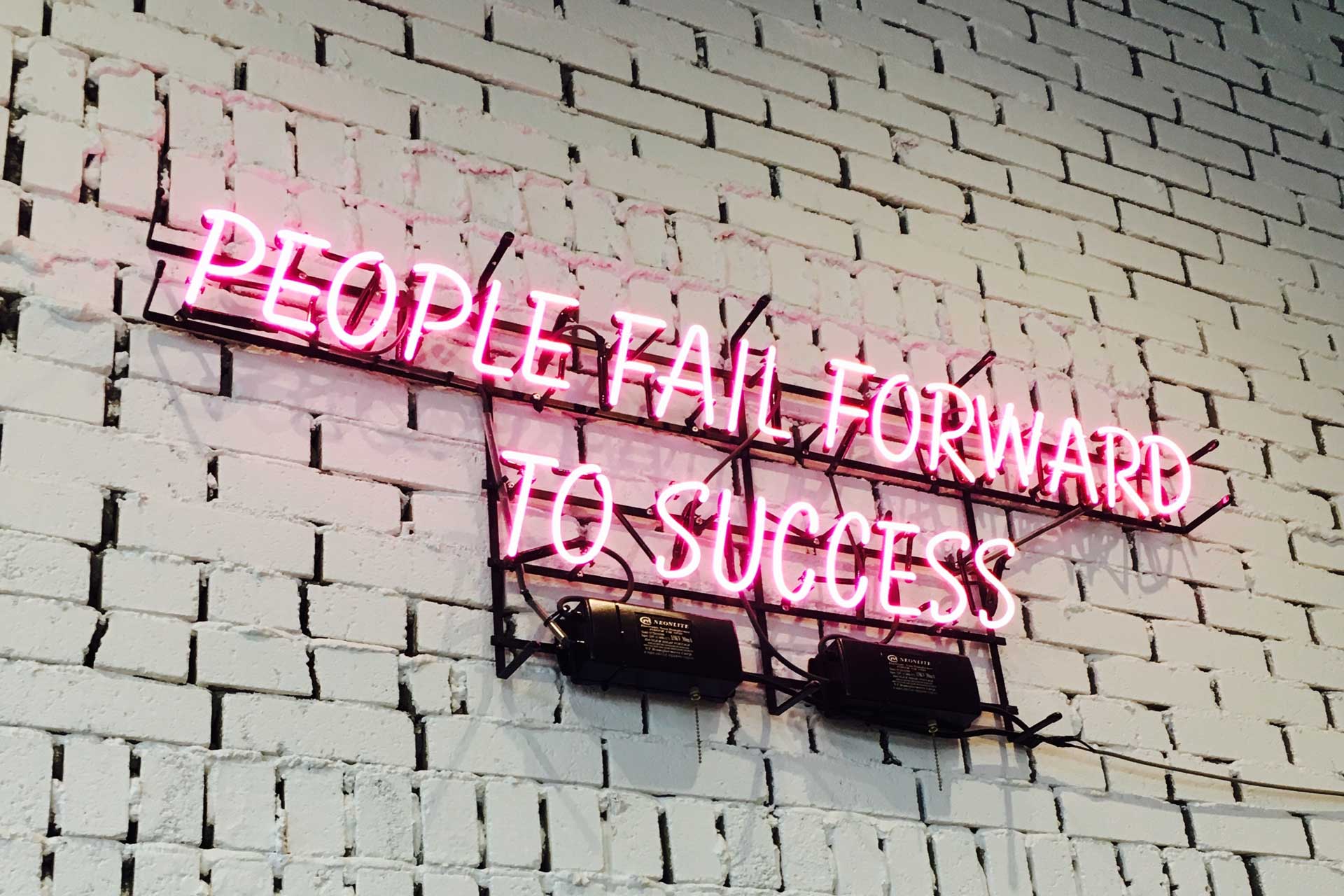
In our fast-paced and too often frightening modern world, we’re more than familiar with fear. We fear rejection, change and failure. But what if we could find a way to live that looks to the future instead of the past? What if we could replace our fear with purpose, and discover our potential for growth instead of focusing on our limits? Michal Oshman tackles these questions and more in her upcoming book, What Would You Do If You Weren’t Afraid?
As a former mentor for leaders in some of the world’s biggest tech companies including TikTok and Facebook, Michal has created a unique personal growth methodology that offers solutions to everyday struggles, challenging us to explore what really matters. Below is an extract from her new book in which she explores her own fear of failure and shares her secrets to living a bold, meaningful life.
How To Not Be Afraid of Failure
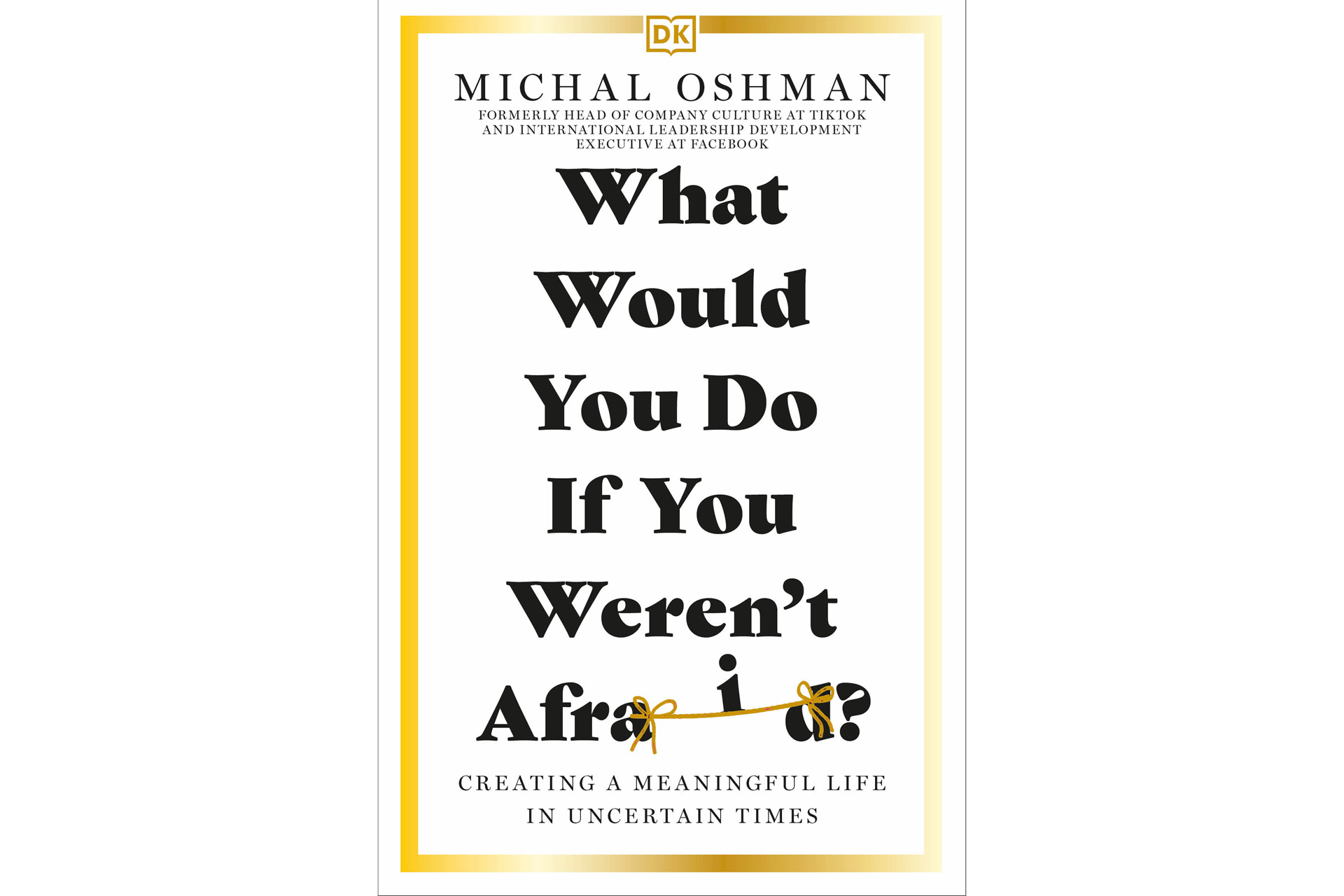
When I worked at Facebook I loved the motto, ‘Fail harder.’ It’s certainly an unusual motto, one that evokes the shadows of what we are always most afraid to do: make a mistake, be wrong. Flat out fail. But this motto is what ensures that employees don’t fear launching new solutions and designing new products. It breeds innovation. No one wants to make mistakes, but personal and company growth isn’t possible without being bold, going all the way, trying new things and, yes, getting it wrong a few times along the way. Allowing and even encouraging its employees to fail harder is Facebook’s way of replacing fear with action. Don’t be afraid of making mistakes, just go for it, cross that bridge!
People often think of action as something they need to do in front of others, as if they need to be ‘seen’ doing, acting. But I have come to see things very differently. The greatest form of action, in my opinion, is the action you take within yourself. Crossing your internal bridges.
Several years back I consulted with the CEO of a very successful company. At least, it was perceived as a successful company, though internally it had ‘lost its way’. Business was still going well, but the employees weren’t happy and the atmosphere was negative. It was only a matter of time until its revenue and profit would decline too, just like the workplace culture of the once happier staff .
These situations, where there is a big gap between the way things look on the outside and how they really are, always make me curious. I can tell you, I wasn’t surprised to discover that the same could be said for the CEO herself, Christine; she came across as polished and successful, yet inside she felt as if she had lost her way. She used the word ‘false’ to describe how she felt.
‘I’m leaving,’ she announced during our session. ‘I’m going to be brave and step away. It’s not working, I’m failing. I’ll do the right thing and let someone else lead the company.’
Deciding to leave a workplace is a major decision. Christine was deeply invested in the company, she loved it. And although her decision to leave might at first seem like stepping across a ‘narrow bridge’, I had a feeling that the bridge she truly needed to cross was actually within herself.
‘I feel for you, Christine,’ I told her. ‘I know how much you care and how frustrating it must be not to be able to change things the way you’d like to. But I’d like to ask you something, and please take a moment to reflect. When you think about leaving, are you moving towards something or running away from something?’
‘Away, of course,’ she replied. ‘Away from not being able to fix this problem. Away from not doing the CEO job well enough. Away from disappointing everyone.’
It was obvious that these feelings were taking their toll on her. I had another question: ‘Are you giving up your role as CEO to run from a situation you genuinely don’t believe you can change… or are you running away from something inside you, from yourself?’
Christine took a moment and then smiled sadly. ‘Well,’ she said, ‘I think we both know the answer to that question.’
There is a big difference between crossing a bridge to get away from something and crossing a bridge towards something. Yes, sometimes we do need to run away, to escape a person or situation that isn’t good for us. But often, when we choose to run it’s because we don’t believe in ourselves – because we’ve lost faith or confidence in our ability to make things better. It’s difficult to keep trying when we’d really like to move on and forget, but the truth is that we won’t forget or change that easily, and if we run away, we may still find ourselves facing that same bridge, again, elsewhere.
I asked Christine if she thought there was a way to turn the situation around. Could she look at this as an opportunity to try one more time, to change something inside herself, and cross that narrow bridge of fear of failure?
‘I’ll stay,’ she said, ‘and come out stronger on the other side.’ And so she did. With great success!
Christine faced her fears and took action. She dared to ‘fail harder’ both for herself and for the company. She was bolder, more creative and more innovative in the ideas she implemented after this decision. This doesn’t mean she was looking to fail, but rather that she allowed herself to potentially ‘fail harder’. Knowing you might fail allows you to bring your authentic, brilliant self to the world, to your relationships, to your workplace. It means pursuing your purpose and aspirations fully and wholeheartedly. Doing your best. Not being afraid.
Children can learn this, too. A few days ago, my seven-year-old son came home from his first day back at school. With great excitement and enthusiasm, he told me, ‘Ima, my teacher hung up a poster at school today and it says, “Maycinng meestakes is prooff that you’re trying.” So now it’s okay to make mistakes at school!’
It made my heart sing. It’s good for him to learn that setbacks and disappointments are part of life. That it’s okay. That making mistakes is part of his journey. This lesson will help him and his friends become more resilient, more agile, stronger.
During our lives, we come to many bridges. Some rise above a great abyss, and crossing them truly requires courage. But there are many smaller bridges that we don’t always recognise as such. Signing up for a course you always wanted to take but weren’t sure you’d get accepted to, or picking up dance classes again although you haven’t danced in years are both bridges you could cross. So too, is applying for a job although there are hundreds of other candidates, or adopting a pet, because, yes, you believe in your ability to take care of another living thing. As you look to better your life, don’t just look out for the big, heavy, iconic bridges to cross. Look for small bridges, beautiful bridges that were built with care, bridges that blend in with the scenery, all the little bridges that make up your life. When you see these bridges and cross them, you’ll be living a life of ‘doing’, where action replaces fear. Of course, some bridges are narrower than others. Either way, the first step is the hardest.
Often we don’t embark upon a ‘narrow bridge’ journey because we replay in our head our past mistakes and are consumed by doubts. It’s at these moments of self-doubt that I try to remember that time my life coach asked if I would want to get rid of the ‘anxiety part’ of me, and how I so defi nitively thought, ‘no!’ My anxieties are part of me. My failures are part of me. I am stronger now and I needed them to get here. My best way out of fear is taking some kind of action. Moving forward. Once I realised this, I decided to stop living in constant fear of failure, disappointment and death, and I started choosing life. It’s a far better lifestyle.
About the Author: Michal Oshman
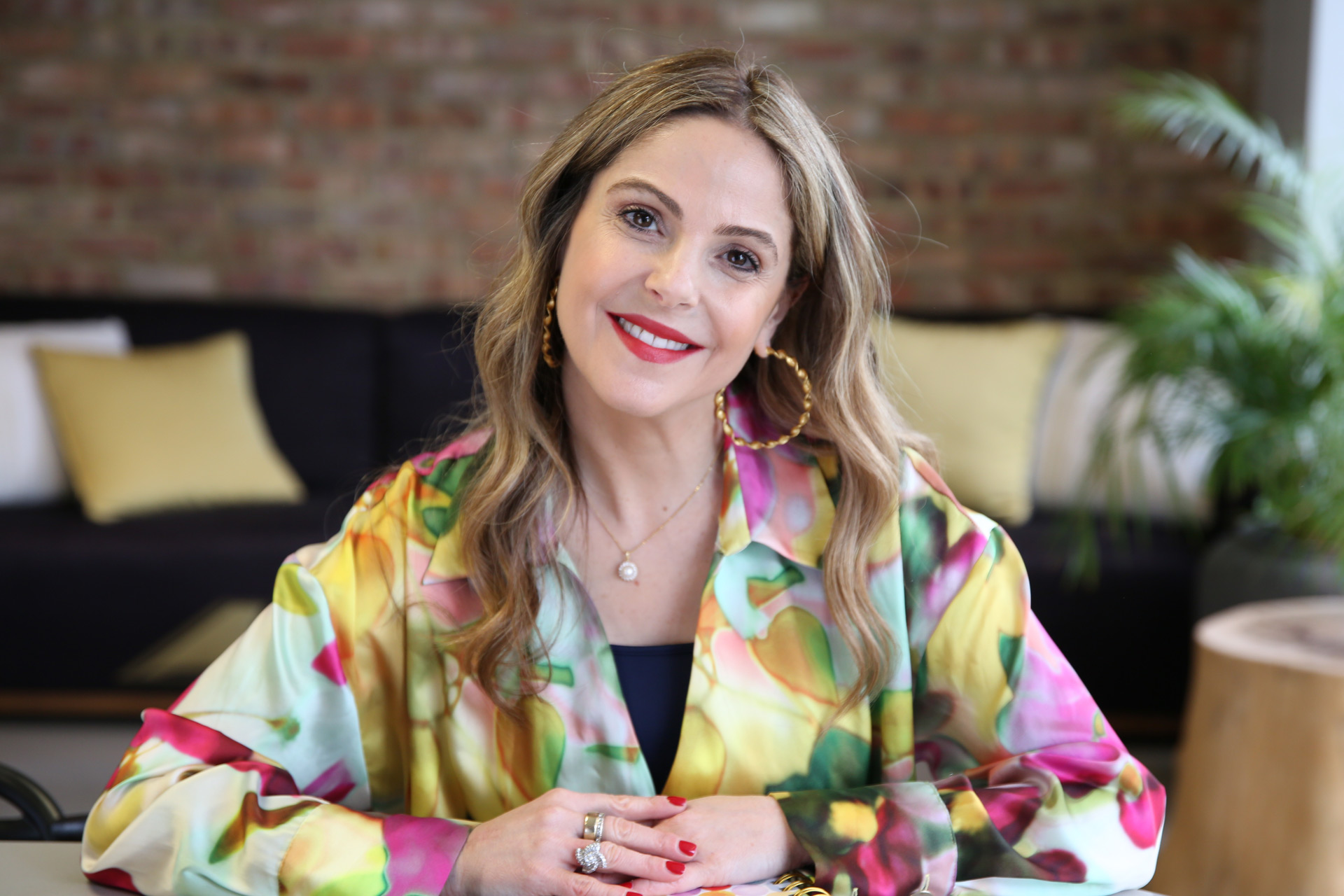
Michal Oshman is the former Head of Company Culture at TikTok and International Leadership Development Executive at Facebook. Throughout her career, Michal has trained and coached hundreds of tech leaders at TikTok, Facebook, eBay, and WPP, inspiring others and helping organisations build healthy workplaces. Michal served as an officer in the Israeli Defence Forces and she has three university degrees in psychodynamic and systemic thinking, sociology and anthropology.
Michal lives with her husband and their four children in London, UK.
What Would You Do If You Weren’t Afraid? will be published by DK on 7 September 2023. Get your copy here.

